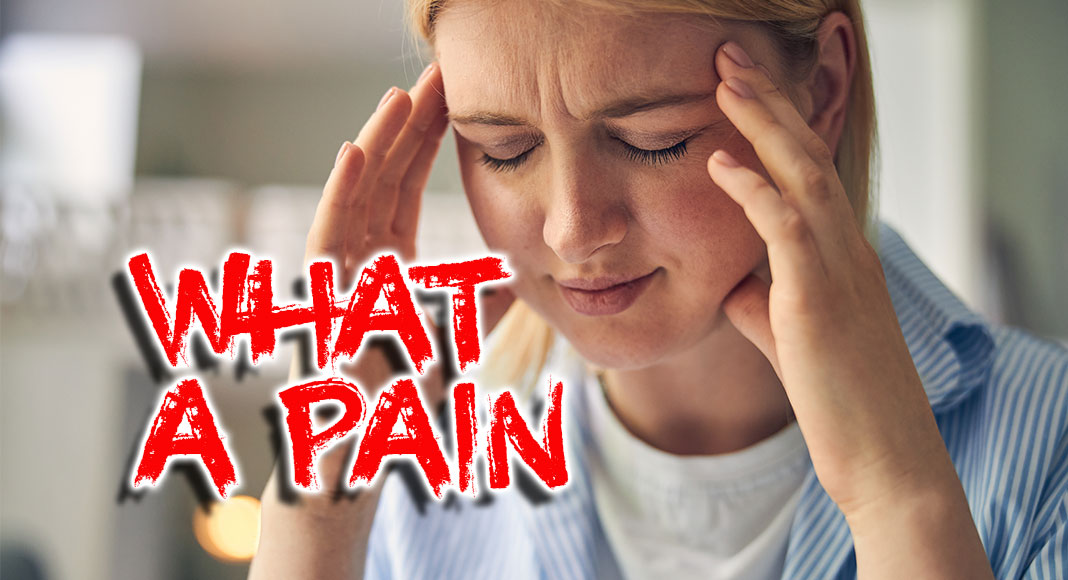
Mega Doctor News
by American Society of Regional Anesthesia and Pain Medicine (ASRA)
Newswise — Research about COVID’s impact on the presence of bias in healthcare is in its infancy, but the pandemic appears to have “exacerbated biases already inherent in the healthcare system, especially socioeconomic ones,” said, Amy Pearson, MD, a board-certified pain medicine physician and Clinical Assistant Professor of Anesthesia at the University of Iowa Carver College of Medicine.
“Patients who already had financial setbacks were losing their jobs or were disabled due to COVID-related complications. These financial strains can limit one’s pain care, including insurance coverage, transportation, ability to participate in physical activities, and mental health and family support,” she said.
Pearson will address the topic during ASRA’s Annual Pain Medicine Meeting in San Francisco this November as she presents a Nov. 20 plenary session, “A Whole New World: National Crisis and Bias Impact on Chronic Pain.”
The concept of bias in healthcare refers to an unconscious prejudice that a medical provider might feel about another group or person based on issues such as race, socioeconomic level, gender identification, or sexual orientation. Research has shown that such bias can negatively affect the quality of care a patient receives and have a negative impact on the physician-patient relationship.
The ramifications of COVID’s hit on the nation’s healthcare system are broad and deep. Many healthcare providers are overworked and exhausted; there is a severe shortage of ICU beds in many regions; access to care is already precarious for many, and Covid places more obstacles in everyone’s path.
“Doctors and nurses are leaving their professions due to the lack of respect and mistreatment from the public, their employers, and sometimes from their own patients,” Pearson said. “I am very concerned for this especially as chronic pain medicine can already be an emotionally exhausting field to practice. So, we may have an increase in chronic pain patients due to COVID-related morbidities, and at the same time, not enough qualified, unexhausted healthcare workers to care for them.”
On the brighter side, Pearson said she was “happy to see some of the innovations in pain care that were made during the pandemic,” citing the increased use of telemedicine by physical therapists, psychologists, and physicians. “This could overall result in increased access to care for all patients, especially those with transportation difficulties.”
Much data has been collected, and researchers are now studying it with an eye on the presence of unconscious bias. Pearson cited the obstetrical field as an example of using data to assess a problem—a difference in maternal and infant outcomes by race—and to then raise the alarm and redirect resources toward the problem.
“It is my hope that chronic pain medicine will follow in these footsteps to identify any differences in pain outcomes by race, gender, sexual orientation, disability, country of origin, and other demographic factors,” she said.











